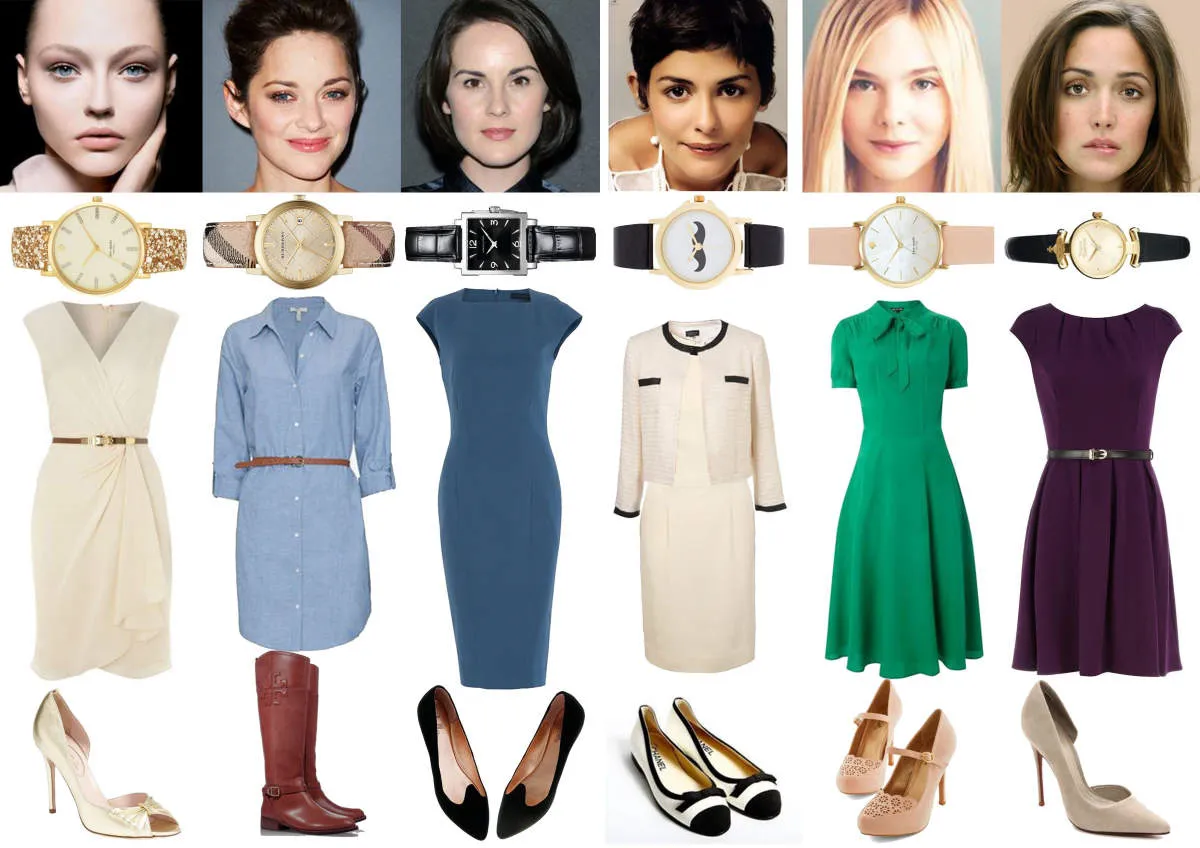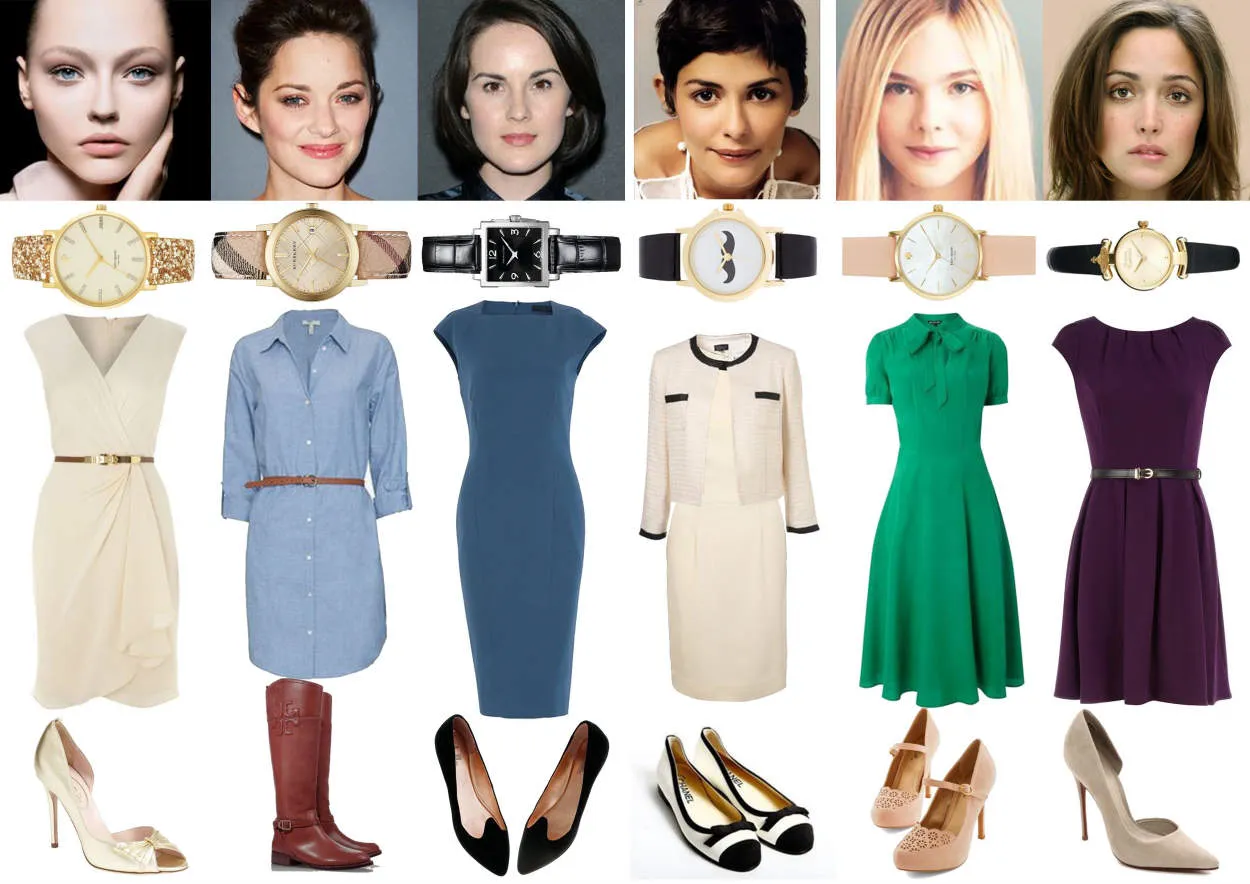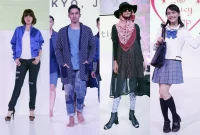Fashion and identity go hand in hand when it comes to expressing our true selves. Choosing clothes that represent who we are allows us to make a unique statement in the world. In this article, we explore the powerful connection between fashion and identity and how our wardrobe choices speak volumes about our personality and beliefs.
Fashion as a Form of Self-Expression

Fashion and identity often go hand in hand, with people choosing clothes that represent who they are and how they want to be perceived by others. Fashion serves as a powerful form of self-expression, allowing individuals to showcase their uniqueness and personality through their style choices.
One way fashion enables self-expression is by reflecting personal interests and hobbies. Whether it’s a band t-shirt or a sports jersey, these clothing choices can instantly convey one’s passions and preferences. By wearing something that aligns with their interests, individuals can feel a sense of belonging and create connections with like-minded individuals.
Furthermore, fashion can also be used as a means to express cultural identity. People often incorporate elements from their heritage into their fashion choices, such as traditional clothing, patterns, or accessories. This not only allows individuals to embrace their roots but also provides an opportunity to educate and share their culture with others.
Additionally, fashion can serve as a form of empowerment. The way we dress impacts our confidence and how we feel about ourselves. By choosing clothes that make us feel comfortable and confident, we can harness the power of fashion to boost our self-esteem and radiate positivity.
It is important to note that fashion as self-expression is subjective and personal. What one person considers fashionable and representative of their identity may differ from another. This diversity in fashion choices adds to the richness and beauty of self-expression through clothing.
Overall, fashion provides a platform for individuals to express themselves and communicate their identity to the world. Through fashion, we can showcase our interests, culture, and individuality, making it an invaluable tool for self-expression.
Building a Wardrobe That Reflects Your Personality
In the realm of fashion, our choices of clothing play a significant role in expressing our unique identity. Just as words form sentences to convey meaning, the pieces in our wardrobe come together to convey who we are to the world. Building a wardrobe that reflects your personality involves a thoughtful selection process, where each item represents a part of your individuality.
First, it is essential to understand your own style preferences and the image you want to project. Are you drawn to classic elegance, vibrant colors, or edgy trends? It’s crucial to feel comfortable in your clothes, both physically and mentally. By choosing garments that align with your taste, you will exude confidence and authenticity.
A great starting point is to assess your current wardrobe and identify the items that resonate with your personality. Consider the pieces that make you feel most like yourself, and take note of common colors, patterns, or silhouettes. These observations will provide insight into the elements you should incorporate into your future purchases.
Next, be mindful of the occasions you typically dress for. Your wardrobe should cater not only to your daily life but also to events that are important to you. Whether it be professional attire, casual weekend wear, or statement pieces for special occasions, ensure your wardrobe covers all necessary aspects of your lifestyle.
While it can be tempting to follow trends, it is vital to stay true to yourself. Fashion is constantly evolving, but your personal style should remain consistent. Aim to invest in timeless pieces that will stand the test of time, rather than being swayed by fleeting fads. This way, your wardrobe will remain an accurate reflection of your identity throughout the years.
As you build your wardrobe, consider mixing and matching different items to create unique outfits. Experiment with layering, accessories, and unexpected combinations to truly express your personality. Your clothes can act as a canvas, allowing you to showcase your creativity and individuality.
In conclusion, fashion has the power to serve as a vehicle for self-expression. By building a wardrobe that reflects your personality, you are giving yourself the opportunity to authentically showcase who you are to the world. Remember to stay true to your own style, incorporate pieces that resonate with you, and embrace your unique expression of fashion. Dressing in a way that represents your true self will not only make you feel more confident but also inspire others to do the same.
The Psychology of Fashion Choices
Fashion and Identity: Choosing Clothes That Represent You
Fashion plays a significant role in how individuals express their identity. The clothes we choose to wear reflect our personality, values, and aspirations, making fashion choices a powerful tool for self-expression. Understanding the psychology behind fashion choices can shed light on why certain individuals are drawn to specific styles and trends.
One aspect of the psychology of fashion choices is the influence of social and cultural factors. Society often dictates certain fashion norms and expectations, which individuals may adhere to or rebel against. By conforming to or deviating from these norms, individuals can convey their affiliation or disassociation with certain social groups or values.
Another psychological aspect to consider is the impact of personal experiences and emotions on fashion choices. People may gravitate towards certain colors, patterns, or styles based on how they make them feel. For example, someone who values creativity and individuality may prefer unconventional and unique outfits, while someone seeking comfort and security may opt for more classic and timeless pieces.
Additionally, fashion choices can act as a form of self-expression and projection of one’s desired identity. Individuals may choose clothes that align with the image they wish to portray or the individuals they aspire to be. For instance, someone aiming to be perceived as successful and professional may dress in tailored suits, while someone aiming for a bohemian and carefree persona may opt for flowy bohemian dresses.
It is important to note that fashion choices are highly personal and subjective. What one person finds empowering and authentic, another may find limiting or inauthentic. The psychology of fashion choices recognizes the intricate relationship between individuals and their clothing, highlighting the potential for self-discovery, self-expression, and the immense power of fashion in shaping our identity.
Sustainable Fashion and Personal Values
Fashion and Identity: Choosing Clothes That Represent You
When it comes to fashion, it is important to consider not only our personal style but also our values and the impact of our choices on the environment. Sustainable fashion has gained significant attention in recent years as individuals are becoming more conscious of the need to make ethical and environmentally-friendly clothing choices that align with their personal values.
Choosing sustainable fashion means opting for clothing items that have been produced using eco-friendly materials and methods, while also considering the social and environmental impact of the fashion industry. By prioritizing sustainability, individuals can make a positive difference by reducing waste and supporting ethical practices.
Sustainable fashion allows us to express ourselves through our clothing choices while also being mindful of our impact on the planet. It offers a unique way to showcase our personal values and beliefs. Whether it’s by supporting local artisans, choosing vintage or second-hand items, or opting for brands that prioritize fair trade and workers’ rights, we have the opportunity to use our fashion choices as a form of self-expression and activism.
Furthermore, sustainable fashion promotes the idea of conscious consumption, encouraging us to buy fewer items of higher quality that will last longer. This shift towards a more mindful and responsible approach to fashion not only reduces waste but also allows individuals to curate a wardrobe that truly reflects their personal style and values.
In conclusion, the concept of sustainable fashion aligns with the idea of choosing clothes that represent our personal values. By making conscious choices about the clothing we wear, we can contribute to a more ethical and environmentally-friendly fashion industry, while also expressing our unique identities through our fashion choices.
Dressing for Different Life Stages
Fashion and clothing play a significant role in shaping our personal identity. As we move through various stages of life, our style choices often reflect our evolving tastes, priorities, and responsibilities. Here are some insights on how to dress for different life stages:
1. Teenage Years
During this period, teenagers usually explore different styles to express their individuality and assert their independence. Experimenting with various fashion trends and embracing unique combinations of clothing is common. The focus is often on self-discovery and finding a personal style that resonates with their evolving personalities.
2. College and Young Adulthood
As young adults enter college and begin their professional journey, their clothing choices tend to shift towards a more mature and sophisticated style. This stage often involves building a versatile wardrobe that can transition seamlessly from casual to formal occasions. Basics such as well-fitted jeans, blazers, and classic accessories become go-to items.
3. Career-Oriented Professionals
For individuals in this stage, dressing appropriately according to their job roles and maintaining a polished image becomes crucial. They often opt for tailored suits, professional attire, and refined accessories. The focus is on projecting competence, trustworthiness, and professionalism.
4. Parenthood and Mid-Life
During this stage, practicality and comfort often take precedence. Parents and individuals in their middle years gravitate towards functional clothing that allows them to balance their busy lifestyles. They seek clothes that are easy to manage while still reflecting their personal style.
5. Retirement and Beyond
In later life stages, many individuals embrace a more relaxed and leisure-oriented dressing approach. Comfortable yet stylish clothing becomes a priority, with a focus on quality fabrics and ease of wear. The emphasis is on a carefree and confident style that represents a well-lived life.
Overall, clothing serves as a powerful tool for self-expression and identity throughout different life stages. It allows individuals to showcase their personalities, adapt to changing circumstances, and present themselves to the world.
Evolving Personal Style with Confidence
Fashion and Identity: Choosing Clothes That Represent You
Personal style is an essential part of self-expression. It allows us to communicate who we are without saying a word. Each individual has their unique tastes and preferences when it comes to fashion. However, finding a style that accurately reflects our identity can be a journey of self-discovery and growth.
When it comes to choosing clothes that represent who we are, confidence plays a crucial role. Confidence allows us to break free from societal expectations and embrace our individuality. It gives us the courage to experiment with different styles and embrace fashion as a form of art.
One way to evolve our personal style is by understanding our values and interests. Our clothing choices can be influenced by various aspects of our lives, such as our cultural background, hobbies, or career aspirations. By recognizing what truly matters to us, we can align our wardrobe with our core beliefs, creating a more authentic representation of ourselves.
Another important aspect of evolving personal style is staying true to ourselves while keeping an open mind. Fashion is constantly evolving, and trends come and go. It’s essential to embrace new ideas and experiment with different looks. However, it’s equally important to filter these trends through our own personal lens and incorporate only the elements that resonate with us.
Building a wardrobe that represents our identity also involves finding pieces that make us feel comfortable and confident. Clothes should not only reflect our personality but also enhance our self-assurance. When we wear outfits that make us feel good, it radiates in our demeanor and boosts our confidence.
Lastly, evolving personal style is an ongoing process. As we grow and change as individuals, our fashion choices may also evolve. It’s essential to embrace this fluidity and allow ourselves the freedom to explore new styles. Personal style should never be confined to a box but should be an ever-changing reflection of our true selves.
Conclusion
In conclusion, fashion plays a significant role in shaping and expressing our identities. The clothes we choose to wear reflect our personalities, values, and cultural backgrounds. By selecting outfits that truly represent who we are, we can use fashion as a powerful tool for self-expression and empowerment.



